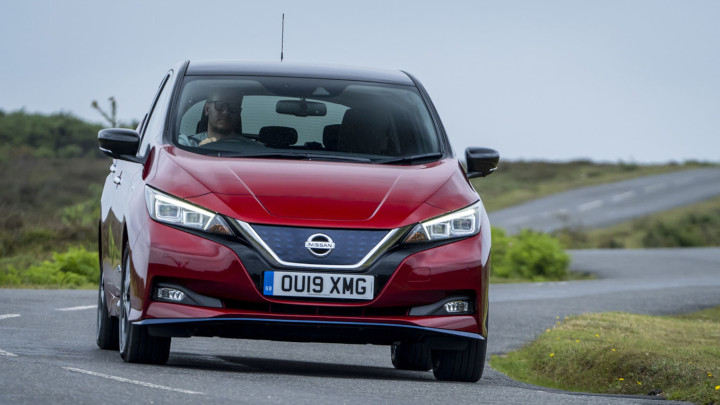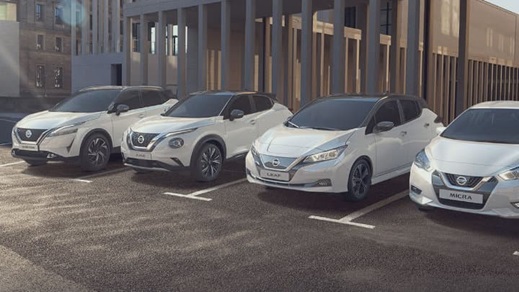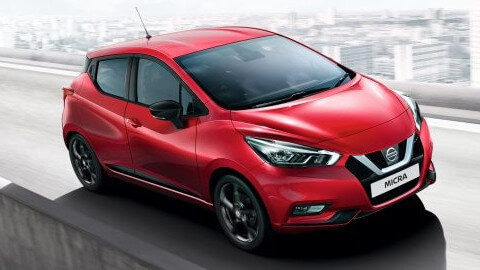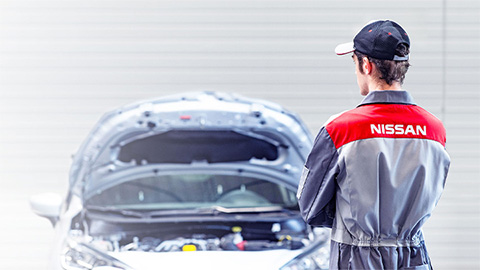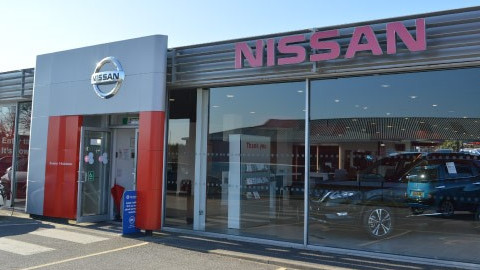Road Test Review: Nissan LEAF e+ Tekna
Highlights
- Plenty of tech
- Impressive EV range
- Refined driving experience
- Good amount of space
Introduction
More than a decade ago, the slightly strange looking Nissan LEAF was one of the pathfinders in the new age of electric cars.
Today, with the second generation model now fully established, it’s more conventional in appearance but still among the front-runners in bringing affordable electric motoring to forward-looking families.
And, just as importantly, it can now be bought with greater driving range and more spirited acceleration thanks to the introduction of the e+ which has a larger battery. Range anxiety is one of the biggest bugbears suffered by electric car owners, but the 239-mile capability of the version we tested goes a long way to quelling worries.
Driving Experience and Charging
The 62kWh motor takes around six hours to charge at home on a 7kWh charger, while a rapid charger will get you from 20 percent to 80 percent charge in about 90 minutes.
With effectively 217bhp to play with, the LEAF e+ is definitely no slouch. It's smooth flow of power sends it to 62mph in just under 7 seconds. Despite the undoubted thrust, there’s no pretence at assuming the mantle of a warm hatch.
Refinement and ease of driving are names of the game. Travel is near silent and unflustered, but the immediate torque is a huge plus when overtaking or joining a motorway.
Jon Smith
Ride is relatively firm, so a few road irregularities are felt inside the cabin. Cornering is stable and quite roll-free, though the steering is on the numb side.
One thing you learn early on as an electric car owner, is that a heavy right foot has a huge effect on the driving range. Pedal lightly and the miles stretch out, though. This is particularly noticeable with the LEAF.
On a wet, cold morning with wipers one and the demister at full pelt, we could see the range melting away like ice in the sun. Steep hills and 70mph cruising also took their toll.
Technology and Equipment
Nissan’s ProPilot driver assistance system includes adaptive cruise control, lane assist and traffic jam management that can control the car at low speed in crawling traffic.
Design and Practicality
There's no shortage of space in the passenger compartment, with decent head and legroom both front and back. Luggage space is about par for the course, with almost 400 litres of cargo area. The rear seats also fold down to expand its capacity.
Fortunately, the batteries do not impinge on passenger or luggage room.
The seats themselves, which are set quite high, are comfortable, but we found the front ones to lack support over longer journeys. It’s best regarded as a 4-seater as a central hump is positioned where a fifth passenger would put their legs.
The fascia is smart and practical and quite minimalist as you might expect, but it’s well laid out with easy to operate controls and clear to read displays. No shortage of storage space in the front, with good-sized door pockets and a central compartment for oddments.
Summary
The LEAF in second generation form is far nicer to drive, has longer mileage between charges and is, undoubtedly, more appealing visually. Tekna trim brings a variety of extra kit and sharp styling features such as the black roof and mirrors, ensuring the LEAF's position towards the top of the EV market remains.

